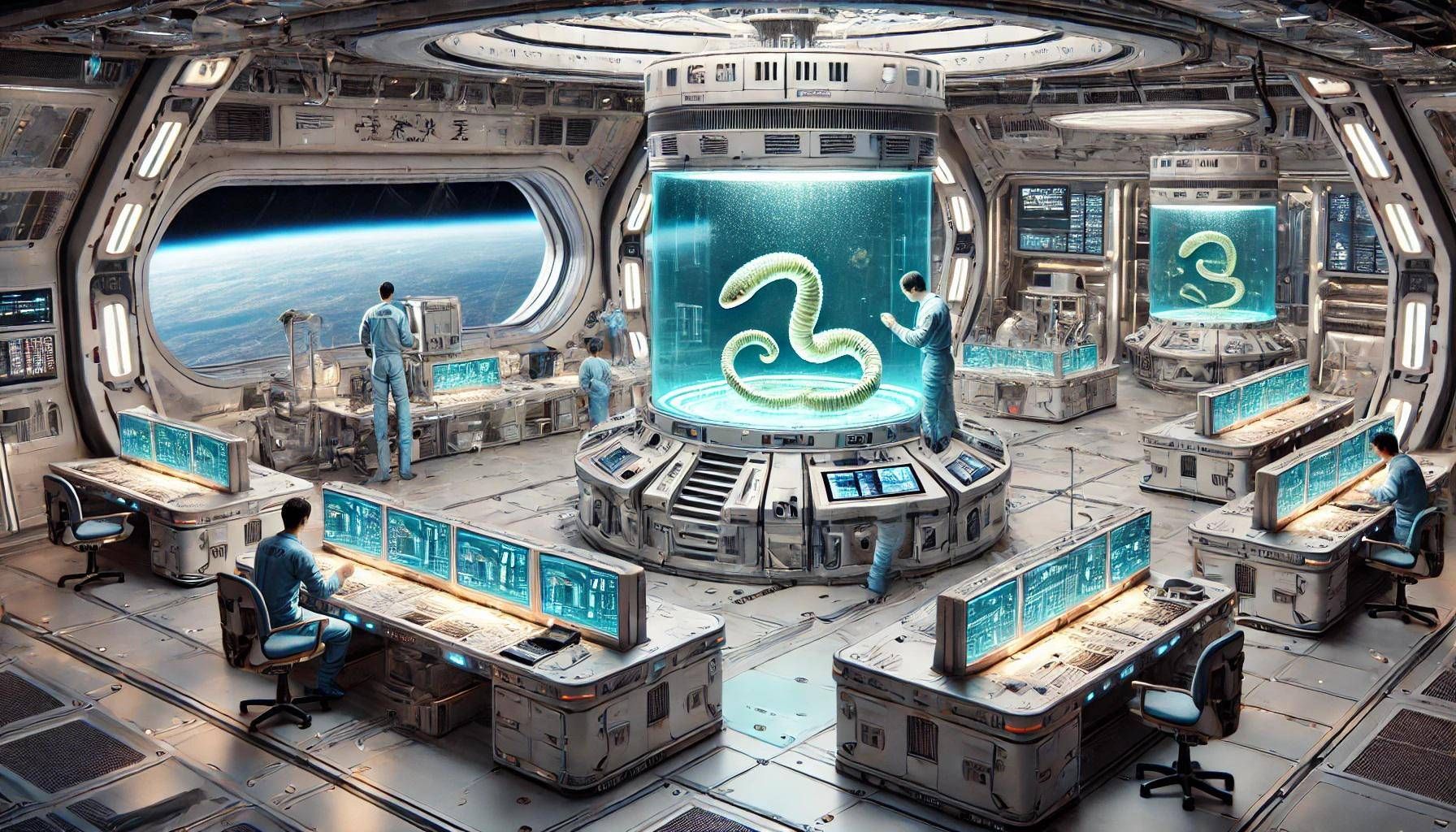The Chinese space station is preparing to welcome a new body for its scientific experiments: The planaria. This creature, known for the extraordinary regenerative capacity, will be the subject of study to better understand the biological mechanisms related to cell regeneration.
The planaries, dishes With an evolutionary story of over 520 million years, they are an animal model widely used in biological research. Their ability to regenerate fabrics, muscles, skin, intestine and even an entire brain from each segment cut, makes these creatures particularly interesting for research on regenerative biology.
The study of planaries in space could provide precious information on human cellular mechanisms to combat aging and promote longevity. The researchers, according to the Chinese news agency Xinhua, aim to investigate how the space environment influences the regenerative processes and the physiological behavior of the planaries, exploring the molecular mechanisms underlying the effects induced by space on regeneration.
This initiative follows the success of experiments conducted aboard the Chinese space station with zebrafish and fruit moscerini. The researchers have Used zebrafish to study the impact of microgravity on the muscle and bone proteins of vertebrates, and fruit moscerini to understand their growth, development, locomotor characteristics and biological rhythms in conditions of microgravity and spatial hypomagnetism.
